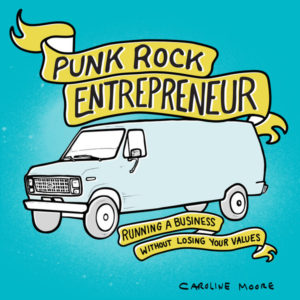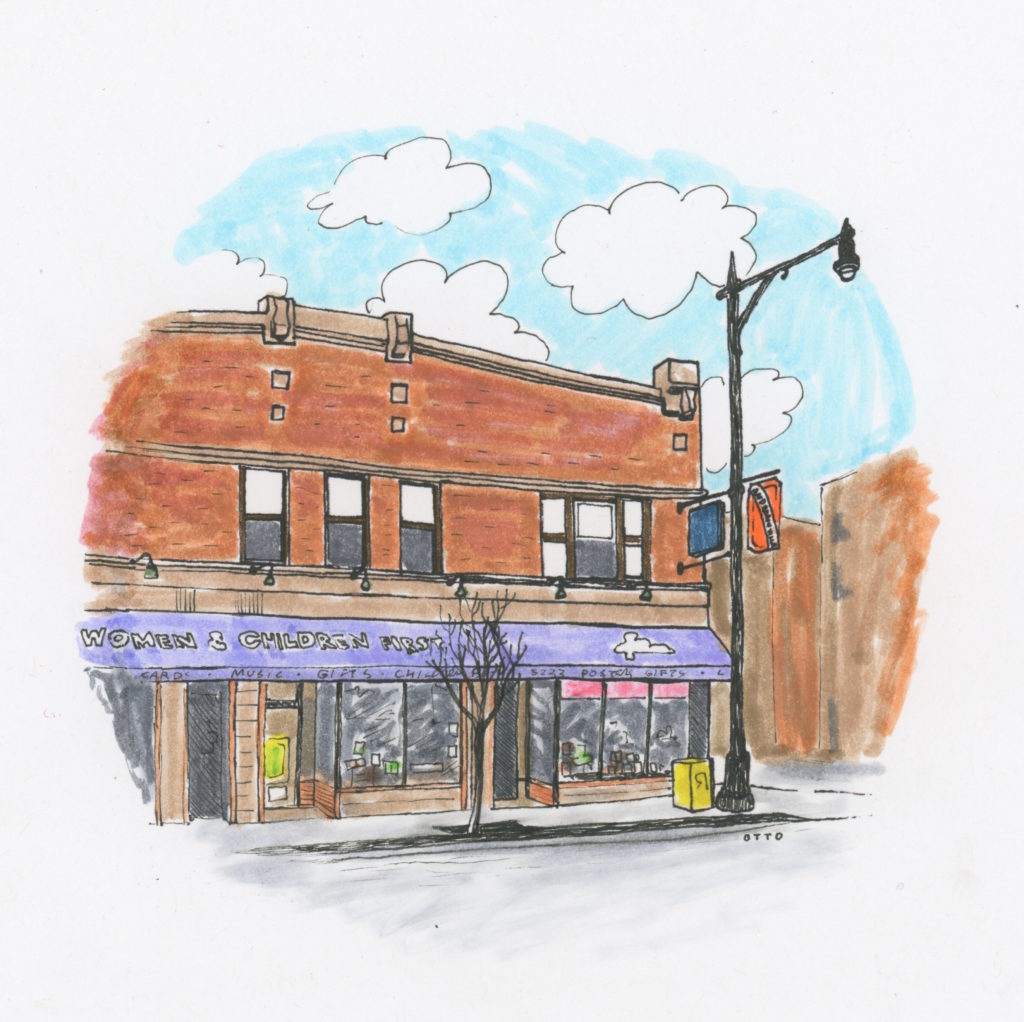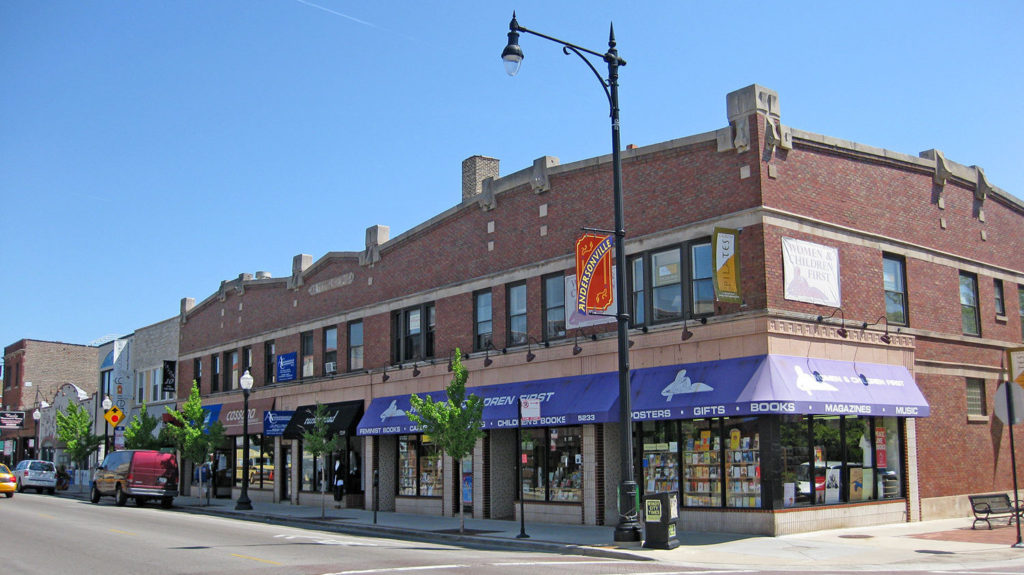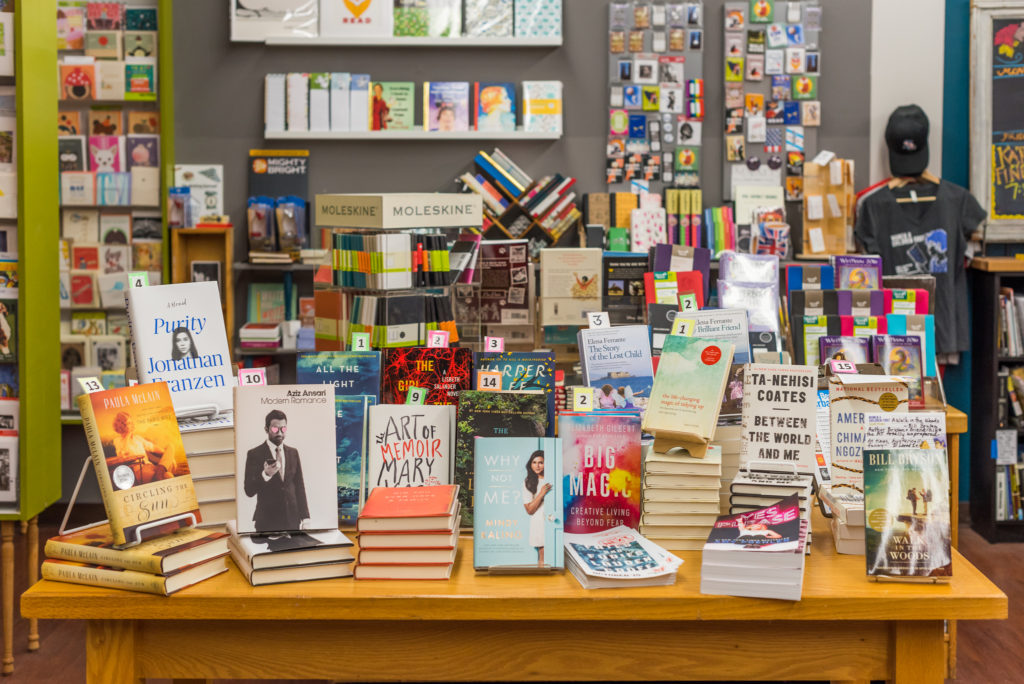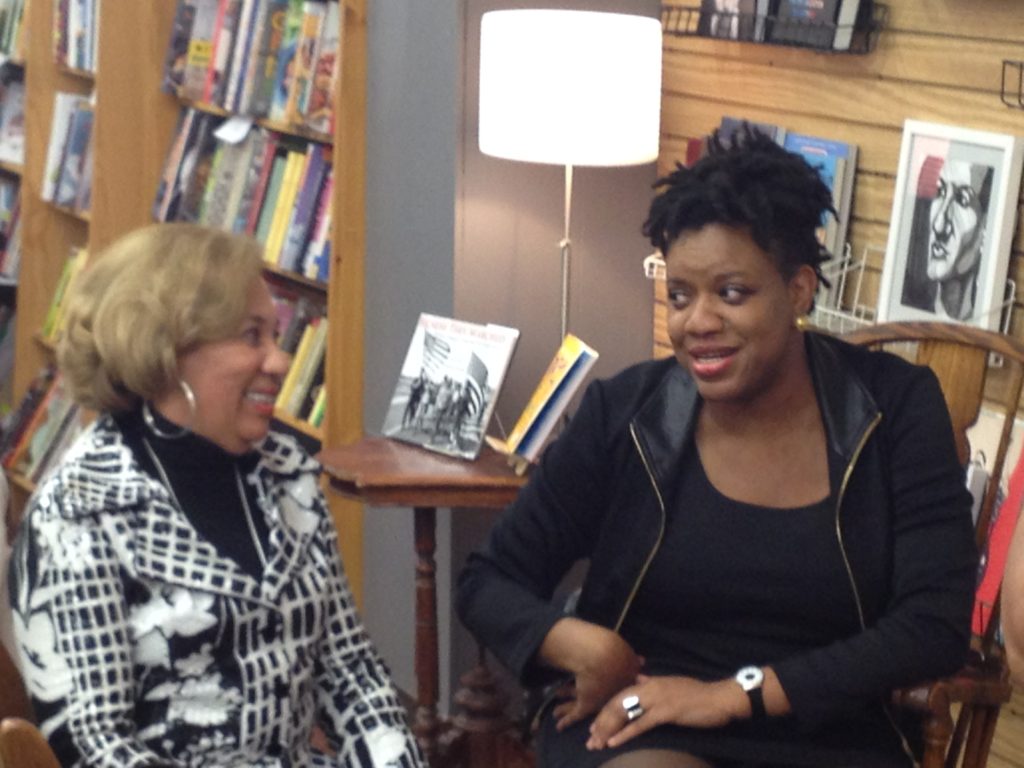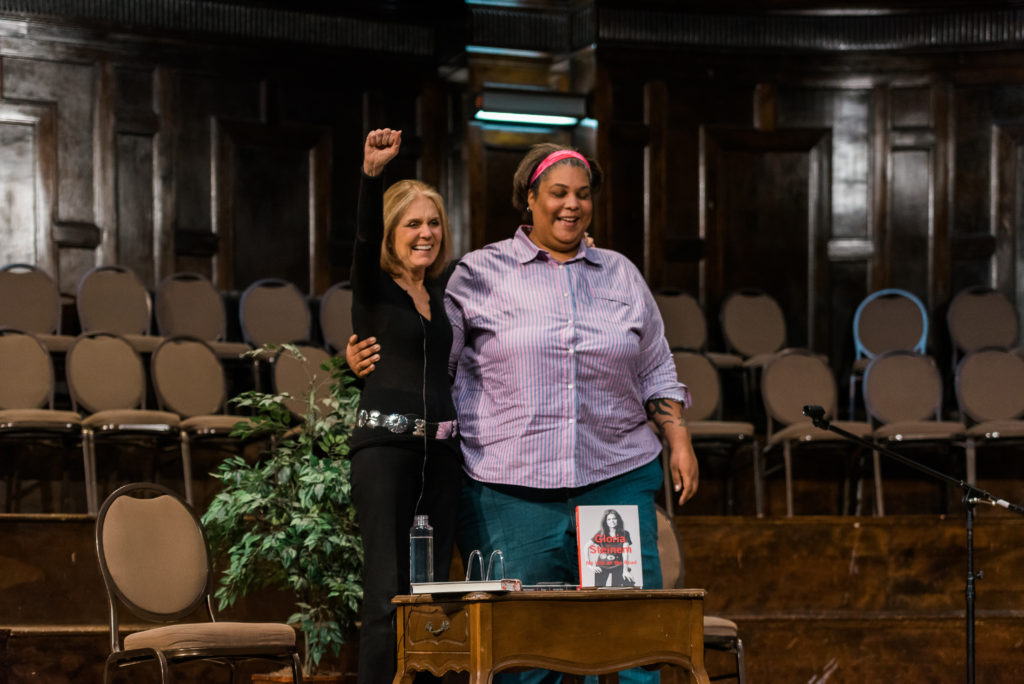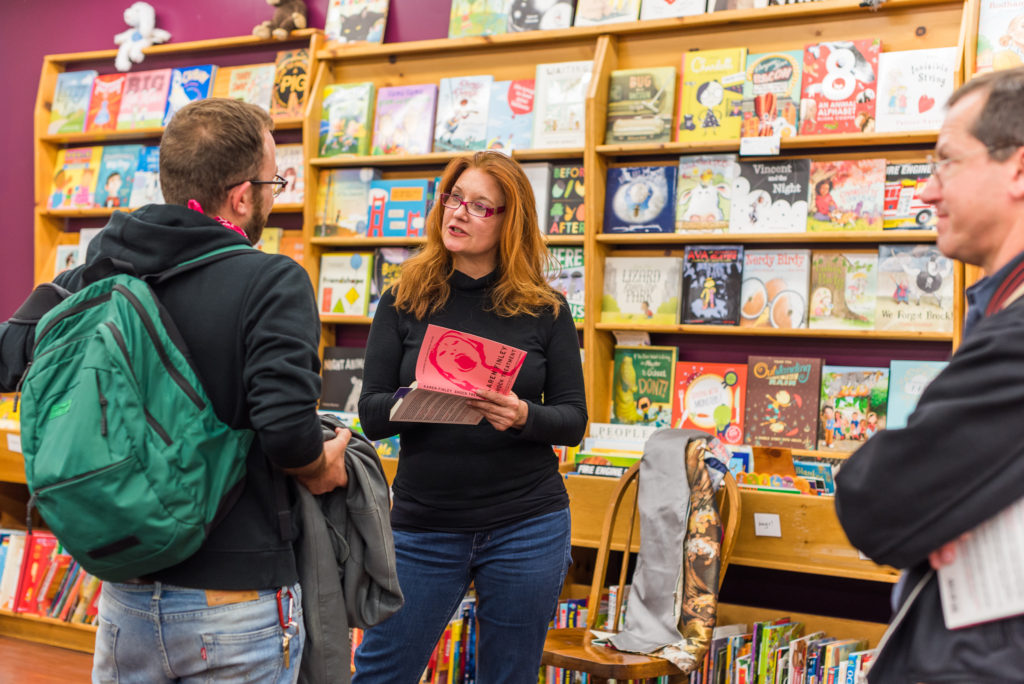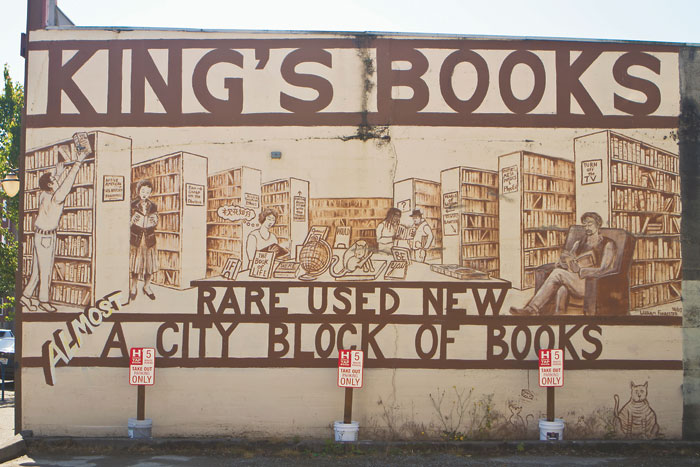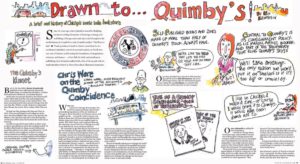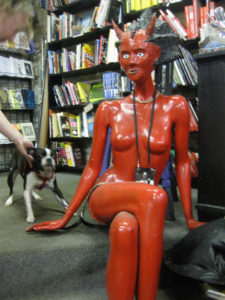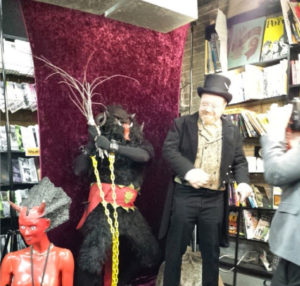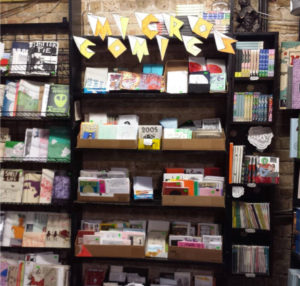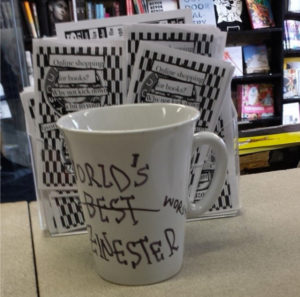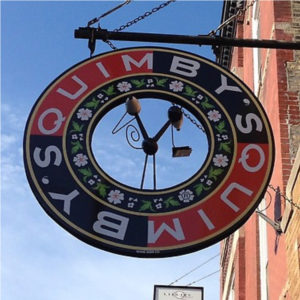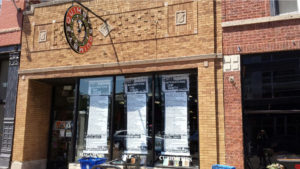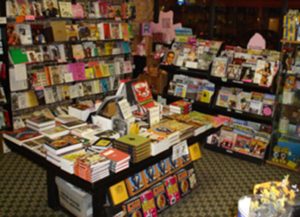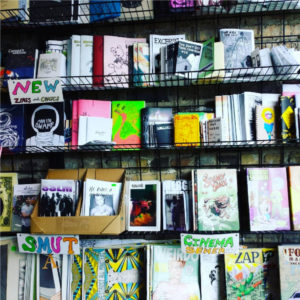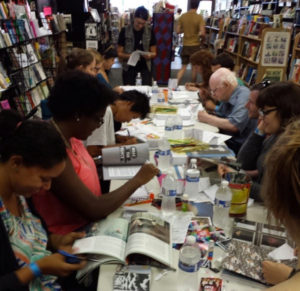Saying Hello to the New Year With New Friends
This season, we’ve had the pleasure of working with some new Microcosmonauts: interns Kayla, Troy, and Ahimsa, as well as our newest staff member, Trista. They’ve been a huge help moving into the new year, and we’re so thankful for their time and work.
Always curious about the people we work with, I asked everyone about themselves and their lives. Below are their answers. . . Say hello to the newbies!
Kayla
 How would you describe yourself?
How would you describe yourself?
A paradoxical blend of easygoing and anxious, introverted and people-loving, and thinking both the book and the movie were good.
How do you think others would describe you?
I relatively recently learned I was known as “crazy clarinet girl” to most of my high school classmates. I don’t play clarinet anymore, but people probably think similar things.
What brings you to Microcosm?
A love of books and determination to get into publishing, especially on the editing front.
Where are you from?
I’m originally from the Seattle area and more recently from Boston.
What do you miss/not miss most?
I miss Pike Place, super snowy winters, and joking about how it’s just a little drive down I-90 between my two cities. I do not miss terrible public transportation or Masshole drivers.
What’s your favorite or least favorite thing about Microcosm so far?
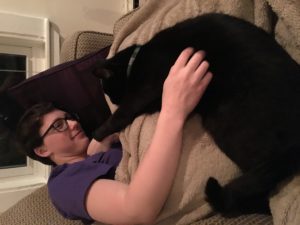 My favorite thing is the instant hot water tap—kidding, it’s actually getting the chance to work on a little bit of everything and feel far more supported than pressured. My least favorite thing so far was when the umbrella on the deck blew over and made the scariest thud ever.
My favorite thing is the instant hot water tap—kidding, it’s actually getting the chance to work on a little bit of everything and feel far more supported than pressured. My least favorite thing so far was when the umbrella on the deck blew over and made the scariest thud ever.
What do you want to get out of your time here, now that you’ve seen the basics of what we do?
Strengthen my editorial skills, build new skills in departments I haven’t worked in yet, and deal with genres I’m not super familiar with yet (I’ve dealt with a lot more fiction in the past).
What creative or empowering thing do you like to spend your time doing?
I used to write a lot, so I’ve been trying to ease myself back into that since I moved to Portland. Other than that, singing and cooking at the same time is a great power rush.
Favorite snacks and/or drinks?
London fogs, cheese puffs, scotch
Troy
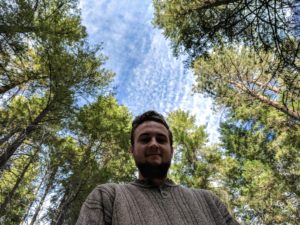
How would you describe yourself?
A kid, coping with adulthood, anxiously creating whatever comes to mind.
How do you think others would describe you?
I’ve been described by my girlfriend as brooding, but I prefer introverted.
What brings you to Microcosm?
A desire to work near other people with a passion for literature
Where are you from? What do you miss/not miss most?
Missouri. I miss my parents and niece, but not the humid summer/frigid winter.
What do you want to get out of your time here, now that you’ve seen the basics of what we do?
I want to learn from the materials with which I’m working, as well as make strong connections with, learn from, and be inspired by fellow Microcosmonauts.
What creative or empowering thing do you like to spend your time doing?
Hiking and writing
What’s your favorite or least favorite thing about Microcosm so far?
I love how collaborative the process is and how willing people are to show the ropes.
List three of your favorite snacks and/or drinks.
Coffee, pita and hummus, and Montucky
Ahimsa
How would you describe yourself?
Hopefully in a very clever way. Maybe something like introspective, irreverent, intrepid, and fond of alliteration.
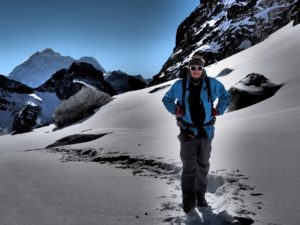
How do you think others would describe you?
I don’t think I’m insightful enough to know that!
What brings you to Microcosm?
Most days, the number 4 bus! But really, I’m here to get a little bit of knowledge about how to be a publisher.
Where are you from? What do you miss/not miss most?
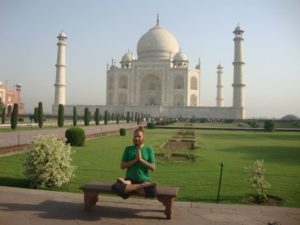 I’m from Oregon. But until recently I’d been away for some time, and I missed the following things: 1. rain, 2. Powell’s, 3. Mexican food, 4. Fred Meyer, and 5. walking through cool neighborhoods and seeing the city breathe.
I’m from Oregon. But until recently I’d been away for some time, and I missed the following things: 1. rain, 2. Powell’s, 3. Mexican food, 4. Fred Meyer, and 5. walking through cool neighborhoods and seeing the city breathe.
What do you want to get out of your time here, now that you’ve seen the basics of what we do?
Know-how, the knack of taking a book from idea to a physical object. What the heck is a trim size matrix anyway?
What’s your favorite thing about where you live now?
I’m staying with some friends in SE Portland, which is rad, but even better they just got a kitten named Beezus. She’s quite cute.
What creative or empowering thing do you like to spend your time doing?
I write a lot, always have, but recently am trying to become less “design-blind.” For empowering things I try to be open to helping people when they ask for help, and volunteer for many activities throughout the city.
What’s your favorite or least favorite thing about Microcosm so far?
The people here are super kind and great to talk to. There’s an anti status-quo vibe that I haven’t encountered in many work environments before.
List three of your favorite snacks and/or drinks.
Buja mix, dried fruit, and bananas.
Trista
How would you describe yourself?
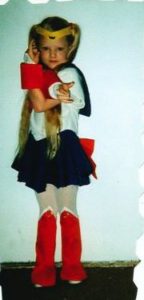 Motivated, curious, enthusiastic. INFJ (if you’re interested in personality types).
Motivated, curious, enthusiastic. INFJ (if you’re interested in personality types).
How do you think others would describe you?
Reliable, flexible, thoughtful. A co-worker once described me as a cinnamon roll . . . I’m still not quite sure what that means?
What brings you to Microcosm?
I feel like stories are one of the most powerful ways for people to connect with each other and themselves, and I want to be able to help people find those stories and encourage them to create their own. I think Microcosm does that, plus the collaborative atmosphere is a big draw.
Where are you from? What do you miss/not miss most?
Thibodaux, Louisiana. I miss the food and atmosphere, the swamp witchery that is unique to the south. I do not miss the conservative traditions.
What do you want to get out of your time here, now that you’ve seen the basics of what we do?
I never thought about how much goes into getting a book out to its audience, and I’m fascinated by the process and eager to discover different ways to think about books.
What’s your favorite thing about where you live now?
I could live in Powell’s. Also Oasis Cafe on Hawthorne, I could eat the Veggie everyday. Also all the parks/forestry areas.
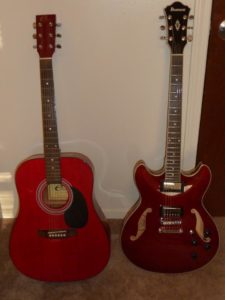
What creative or empowering thing do you like to spend your time doing?
I love to make comics and writing. I play guitar and write songs, which is just something for myself.
What’s your favorite or least favorite thing about Microcosm so far?
I like that Microcosm has coloring books about vaginas and things to remind us that while politics/activism/diversity/learning to empower yourself is important, it’s equally important to have fun and relax every now and then.
Do you have any pets (or particularly interesting kids)? Tell us about them.
I have two cats and two god-children. The cats are Goofy (moody introvert) and Percy (playful and ditzy), both are very clumsy. The kids are Bella/Bells (4yo, princess that loves wrestling and Totoro) and Josiah/Jojo, who is still a baby and I haven’t met in person yet.
Favorite snacks and/or drinks?
Sweet tea, pickles, red grapes (fruit is always nice).

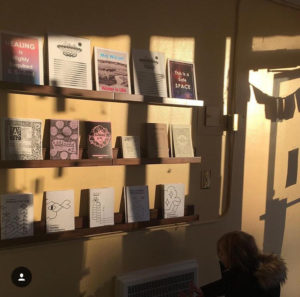
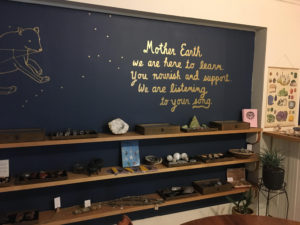
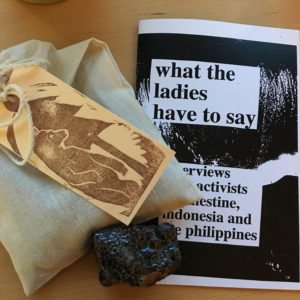

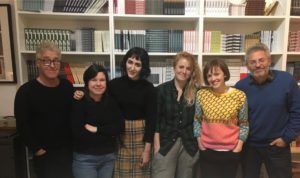 As part of our Year of Independence, we’ve been interviewing independent booksellers who we love. This month, instead of a bookstore, we’re turning to
As part of our Year of Independence, we’ve been interviewing independent booksellers who we love. This month, instead of a bookstore, we’re turning to 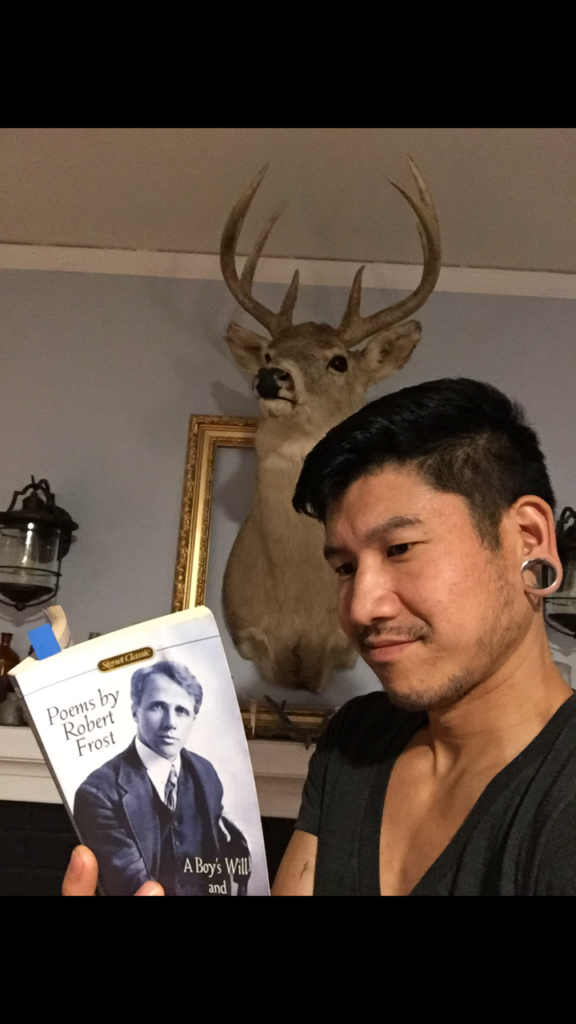 Our newest staff person is editorial and marketing assistant Tomy Huynh! Tomy (his name is pronounced as though it’s spelled Tommy) manages our data, which despite his modest description is a huge and daunting multi-faceted task full of highly contingent details which few people, no matter how brilliant, are able to wrap their brains around.
Our newest staff person is editorial and marketing assistant Tomy Huynh! Tomy (his name is pronounced as though it’s spelled Tommy) manages our data, which despite his modest description is a huge and daunting multi-faceted task full of highly contingent details which few people, no matter how brilliant, are able to wrap their brains around. 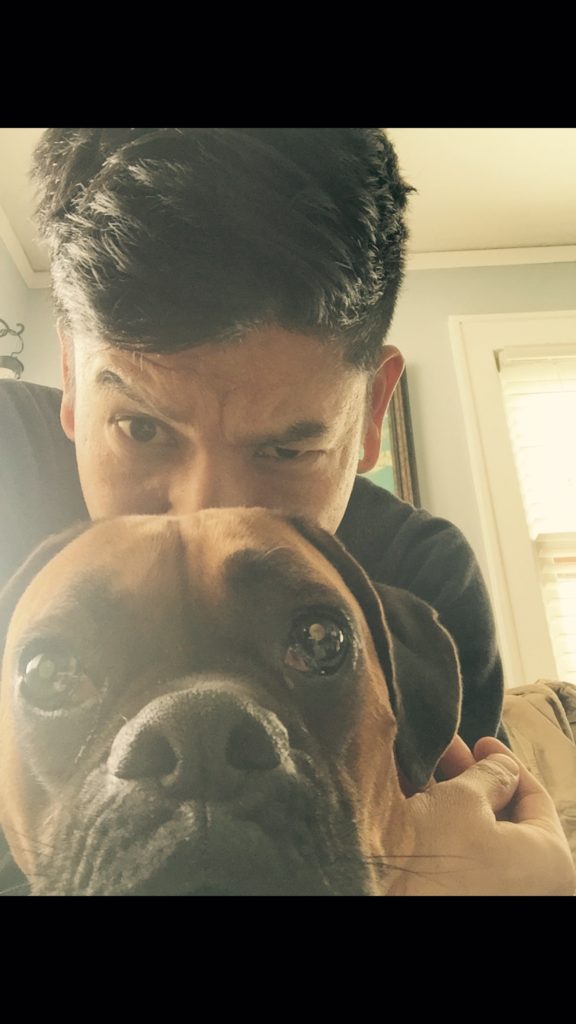
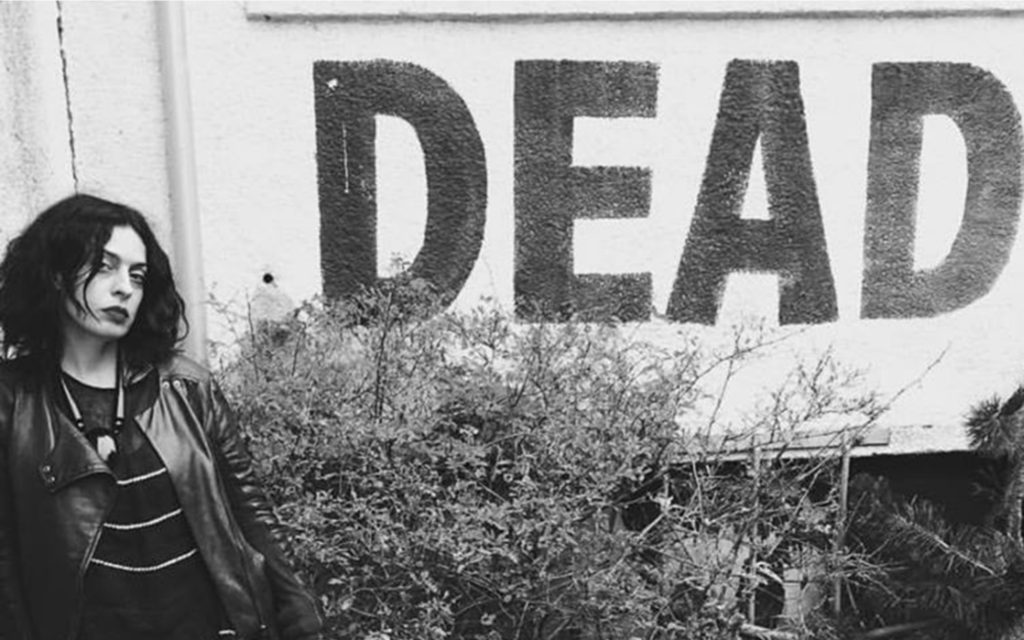
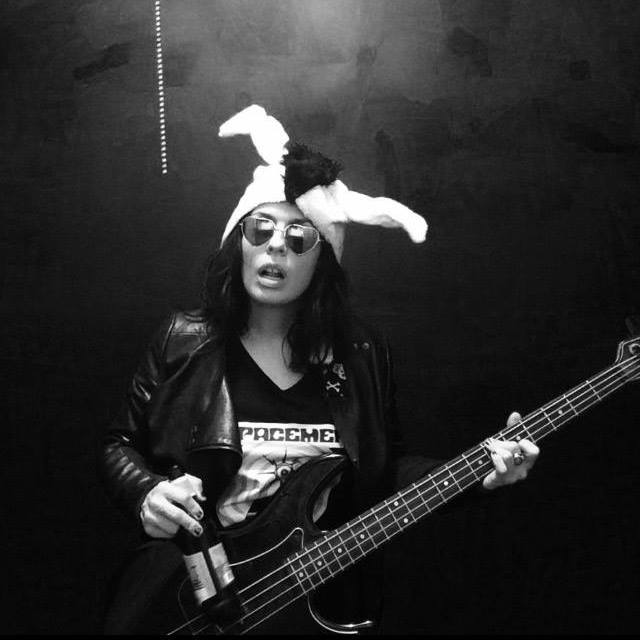
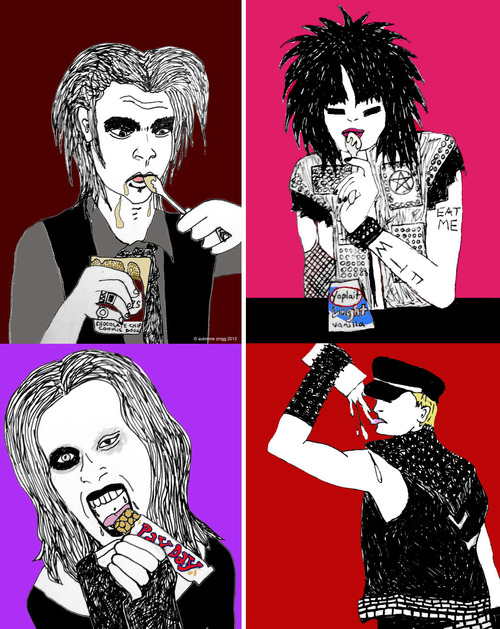
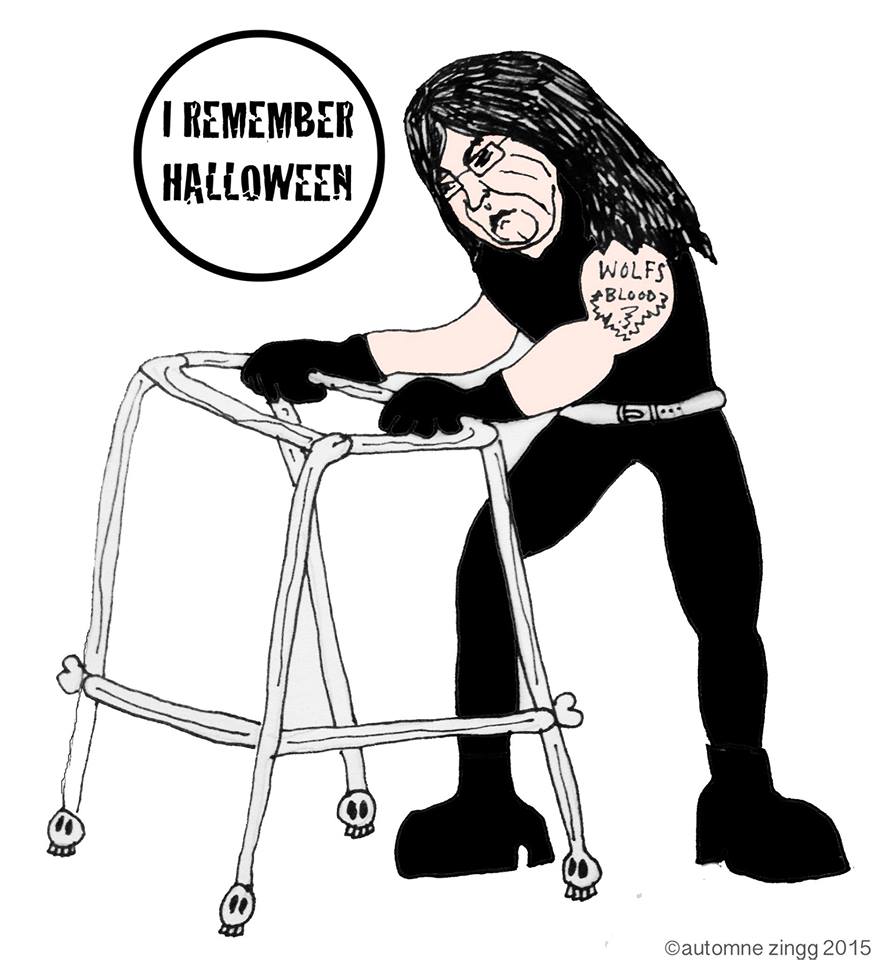
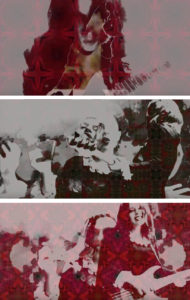
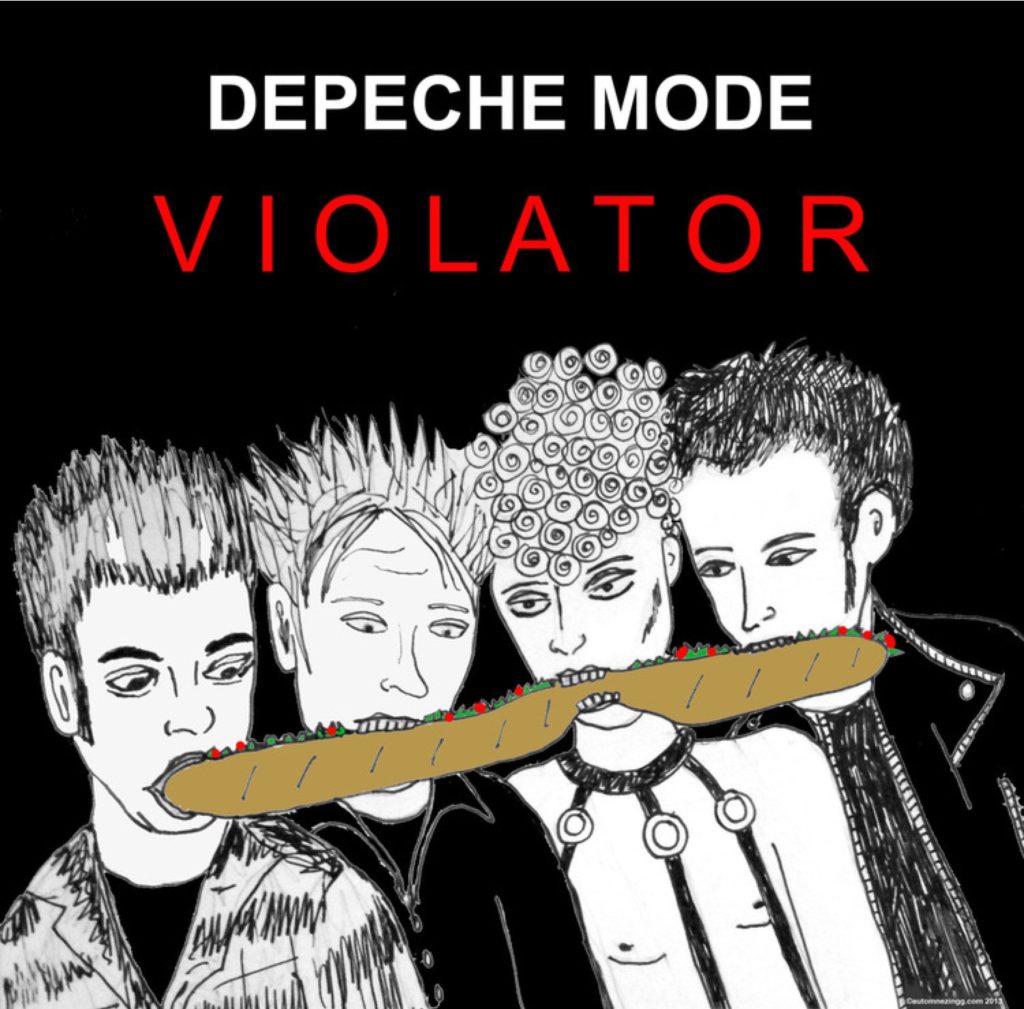
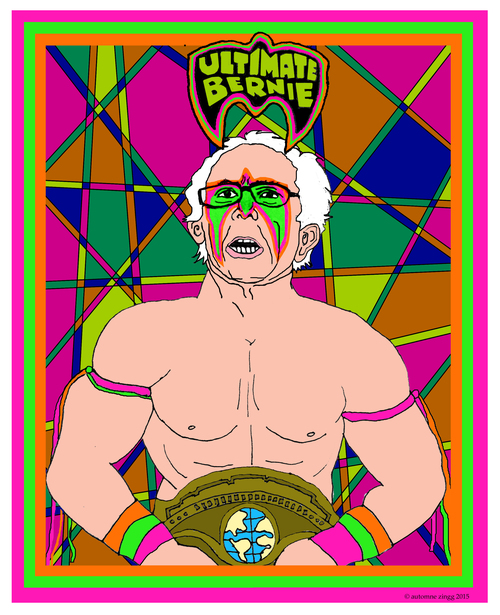
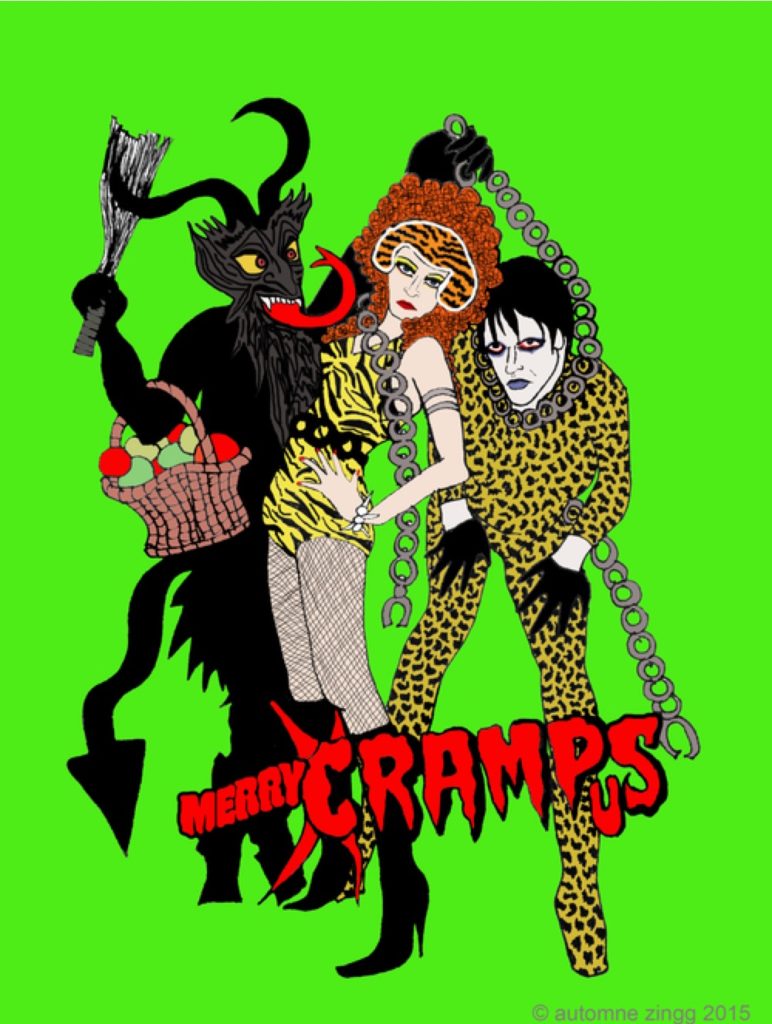
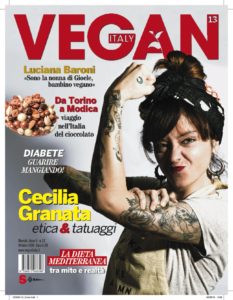 We got word last month that Vegan Italy magazine would be featuring Cecilia Granata, the author and tattoo artist behind our recent cookbook,
We got word last month that Vegan Italy magazine would be featuring Cecilia Granata, the author and tattoo artist behind our recent cookbook,  “Vegan Italy magazine is the main vegan paper publication in Italy. It usually focuses on one personality (chef, artist, activist, celebrity, etc.) of the Vegan world (not just Italian) and then adds more articles about veganism, recipes, etc. They interviewed me and asked some photos and decided to put me on the cover because apparently I make a good character. 🙂
“Vegan Italy magazine is the main vegan paper publication in Italy. It usually focuses on one personality (chef, artist, activist, celebrity, etc.) of the Vegan world (not just Italian) and then adds more articles about veganism, recipes, etc. They interviewed me and asked some photos and decided to put me on the cover because apparently I make a good character. 🙂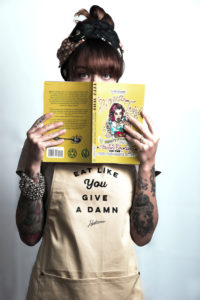 Italian vegan food making has definitely a “healthier” characteristic that is not always found in Vegan made in the USA.
Italian vegan food making has definitely a “healthier” characteristic that is not always found in Vegan made in the USA. 